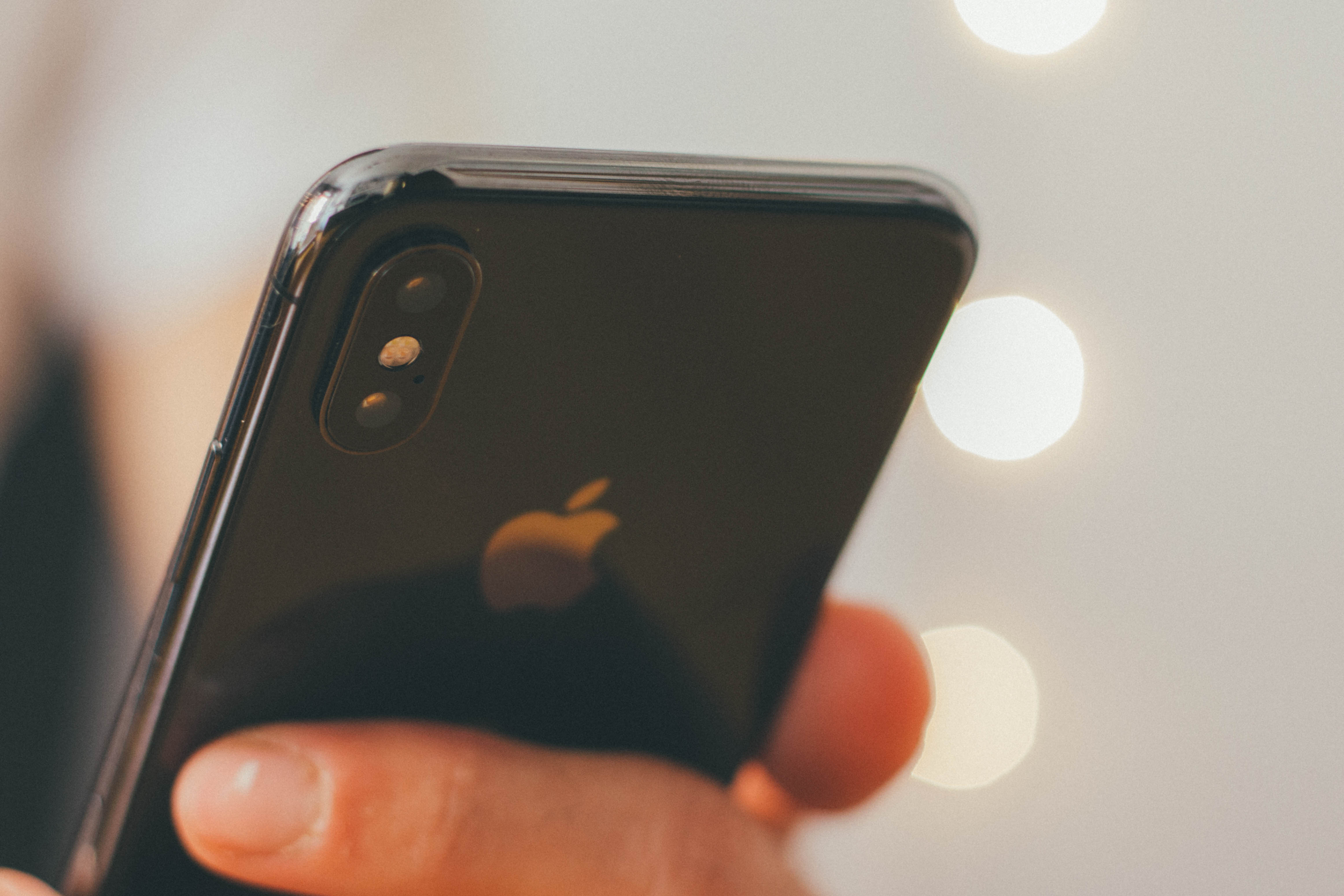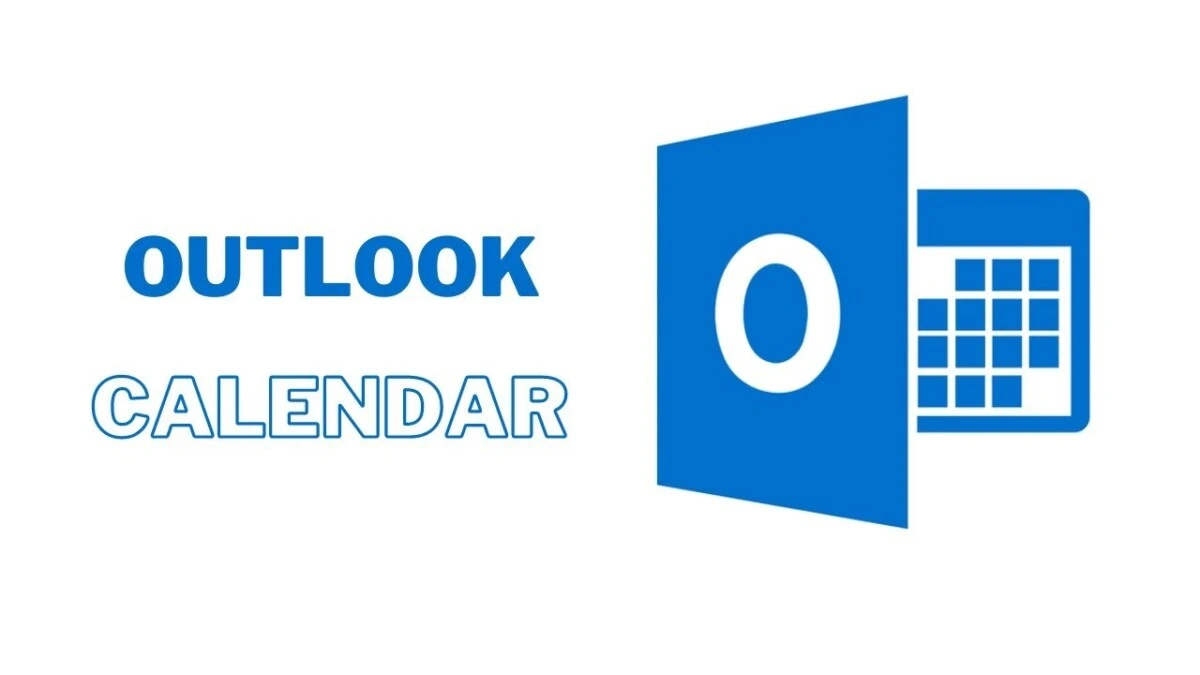
Setting your Outlook Calendar as the default on an iPhone can make life a whole lot easier for those who rely on Outlook to manage their appointments, events, and schedules. Having Outlook as your primary calendar means every new event created on your iPhone will automatically sync with Outlook, eliminating the need to manually update or switch apps.
This simple iPhone default calendar setup ensures that all your scheduling stays in one place, whether it’s personal reminders or work meetings, streamlining your day-to-day planning. If you’re someone who likes a unified view of your schedule across devices, learning how to sync Outlook calendar with iPhone offers a straightforward way to stay organized and on track.
Ensure You Have an Active Outlook Account
To set up Outlook as the default calendar on your iPhone, you’ll first need to make sure you have an active Outlook account. If you’re not already using Outlook, setting up an account is simple and only takes a few minutes. An active Outlook account ensures your calendar events sync seamlessly with your iPhone’s native Calendar app, making it easier to manage your schedule on the go.
If you need to create an Outlook account, you can do so directly through Microsoft. Go to the Microsoft account for calendar creation page, where you’ll be guided through a quick sign-up process.
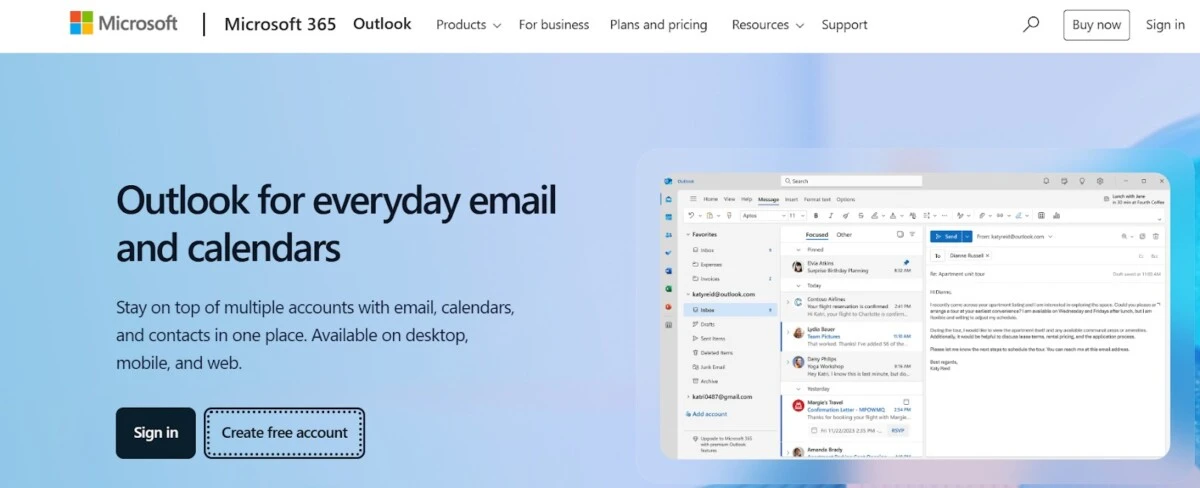
All you need is some basic information, like your name and a strong password, and you’re ready to go. Having an active Outlook account isn’t just for email; it opens up a range of helpful tools, especially if you rely on your calendar to stay organized.
Plus, with an Outlook account connected to your iPhone, you can access the calendar’s scheduling tools right within the app, making it a highly efficient option for tracking everything from meetings to personal appointments.
Add Your Outlook Account to Your iPhone
Adding your Outlook account to your iPhone allows you to access your emails, contacts, and calendars easily. Here’s how you can set up your iPhone to sync with your Outlook account:
1. Open Settings: Tap the “Settings” app on your iPhone’s home screen.
2. Access Mail Settings: Scroll down and select “Mail.”
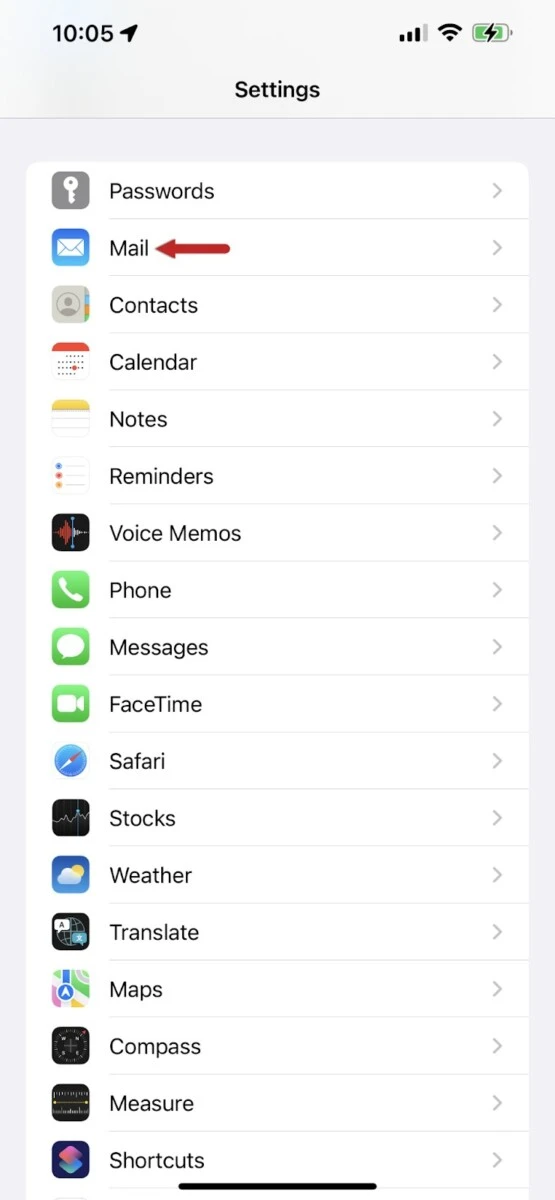
3. Add Account: Tap on “Accounts,” then choose “Add Account.”
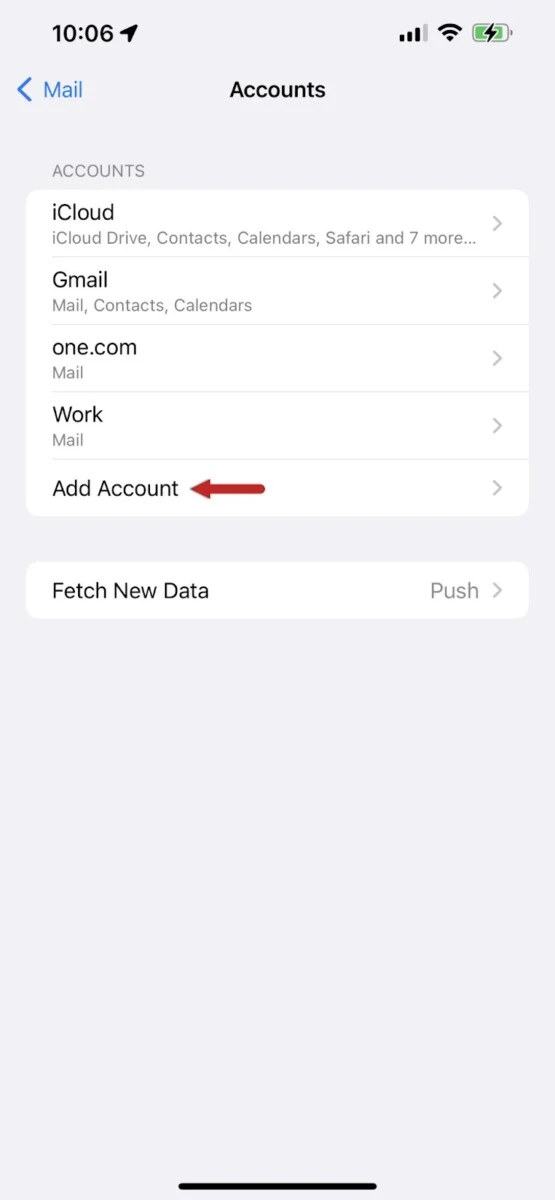
4. Select Outlook: From the list of email providers, tap “Outlook.com.”
5. Enter Credentials: Input your Outlook email address and password, then tap “Next.”
6. Enable Sync Options: Ensure that the “Calendars” toggle is turned on to sync your Outlook calendar with your iPhone’s Calendar app.
7. Save Settings: Tap “Save” to complete the setup.
Set Outlook Calendar as the Default Calendar
If you’re looking to make Outlook your main calendar on your iPhone, it’s actually pretty easy with a quick adjustment in iPhone calendar settings. Head over to Settings, tap Calendar, then find Default Calendar. Here, you’ll see a list of all your active calendars.
Simply select your Outlook Calendar to make it the primary one where all your events and reminders will be stored by default. This simple change helps keep your scheduling streamlined, so you don’t have to worry about missing an important event by saving it to the wrong calendar.
Sync Outlook Calendar Using iTunes (for Legacy Methods)
For those who prefer using iTunes to manage their iPhone, syncing your Outlook calendar is straightforward. Begin by connecting your iPhone to your computer and launching iTunes. Once iTunes recognizes your device, click on the device icon located at the top left corner. Find your way to the “Info” tab in the sidebar.
Here, you’ll find an option labeled “Sync calendars from”; select “Outlook” from the dropdown menu. You can choose to sync all calendars or select specific ones. After making your selection, click “Apply” to initiate the sync process. This method ensures your Outlook calendar events are transferred to your iPhone, keeping your schedule up-to-date.
Verify Your Default Calendar Settings
Setting your iPhone’s default calendar to Outlook is an excellent step, but it’s equally essential to verify your default calendar to make sure everything is running as expected.
After adjusting the settings, create a quick test event and check if it appears in Outlook’s calendar—this Outlook default calendar confirmation will ensure your events sync correctly and prevent any scheduling mishaps.
Trying a test event is the best way to confirm your configuration is correct and avoid having calendar items end up in unexpected places. Remember, a simple check goes a long way in making sure your test Outlook calendar sync is spot-on and reliable for future events.
Troubleshooting Common Sync Issues
Experiencing issues with syncing your Outlook calendar on your iPhone can be frustrating, but there are straightforward steps to troubleshoot common Outlook calendar sync issues and get your schedule back on track.
Start by checking your internet connection—often, a weak or unstable connection can interrupt the sync process. If your Outlook calendar is not syncing, confirm that your account settings are correct; a simple typo in your email or password could be the culprit.
Next, make sure the necessary permissions are enabled; go to your iPhone’s settings and verify that calendar permissions are granted for Outlook. For those still encountering issues, try re-adding the account by removing it from the app and setting it up again.
If the problem persists, restarting your device can clear minor software glitches that might be interfering with the sync process. Following these steps can quickly fix iPhone calendar sync issues and keep your Outlook calendar running smoothly on your iPhone.
Benefits of Using Outlook Calendar as Default
Using Outlook calendar integration as the default calendar on your iPhone brings multiple advantages that make managing daily schedules much simpler and more efficient.
The benefits of Outlook calendar include having work and personal events seamlessly sync across all devices, so you’re always up-to-date, whether you’re checking in on your iPhone, iPad, or desktop. This real-time syncing is especially useful for keeping track of appointments, as reminders and notifications stay consistent wherever you view them.
Also, setting it as the default calendar enables smooth coordination of meetings, deadlines, and reminders, giving you quick access to everything on one platform. These default calendar advantages make Outlook Calendar a practical and accessible tool for both professional and personal organization.
Conclusion
Setting up Outlook calendar setup on iPhone as the default is a quick way to streamline your scheduling right within your iPhone’s calendar settings. With just a few steps, you’re all set to keep track of events, reminders, and meetings through your Outlook calendar setup on iPhone.
Not only does this setup improve your efficiency, but it also opens up a host of other features in Outlook that are designed to make organizing your day-to-day life a breeze. Once you’ve completed the set up iPhone calendar to use Outlook by default, exploring the advanced tools in Outlook can further optimize your scheduling—making it easier to keep up with everything on your plate.


